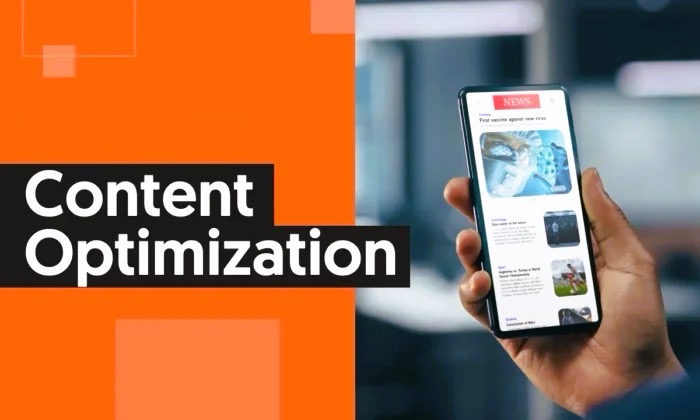Today’s digital environment is not enough for a simple being on the website. To flourish the way, you need to optimize content for both search engines and human readers. This guide will walk you through the essential strategies for website content optimization that can help you achieve higher visibility and drive more traffic to your site.
Understanding Content Optimization
Content optimization is the process of improving your website’s content to make it more appealing to both search engines and users. This involves a combination of keyword research, on-page SEO, user experience enhancements, and content quality improvements. The ultimate goal is to ensure that your content ranks well in search engine results pages (SERPs) and provides value to your audience.
1. Conduct Thorough Keyword Research
Keyword research is the foundation of content optimization. It involves identifying the terms and phrases that your target audience is searching for. Here’s how to get started:
- Use Keyword Research Tools: Tools like Google Keyword Planner, SEMrush, and Ahrefs can help you find relevant keywords with good search volume and low competition.
- Analyze Competitors: Look at the keywords your competitors are ranking for. This can provide insights into potential opportunities for your content.
- Focus on Long-Tail Keywords: Long-tail keywords are more specific phrases that often have lower competition. They can attract highly targeted traffic and lead to higher conversion rates.
2. Optimize On-Page Elements
Once you have your keywords, it’s time to optimize your on-page elements. This includes:
- Title Tags: Ensure your primary keyword is included in the title tag, ideally at the beginning. Keep it under 60 characters for optimal display in search results.
- Meta Descriptions: Write compelling meta descriptions that include your target keywords. Aim for 150-160 characters to encourage click-throughs.
- Headings (H1, H2, H3): Use headings to structure your content. The H1 tag should contain your main keyword, while the H2 and H3 tags can be used for subheadings and related keywords.
- Image Alt Text: Optimize images by including descriptive alt text that incorporates relevant keywords. This not only helps with SEO but also improves accessibility.
3. Create High-Quality, Engaging Content
Content quality is paramount for optimization. Here are some tips to enhance your content:
- Provide Value: Ensure your content answers the questions and needs of your audience. Use data, examples, and actionable insights to make it valuable.
- Use a Clear Structure: Break your content into easily digestible sections with bullet points, lists, and short paragraphs. This improves readability and keeps users engaged.
- Incorporate Multimedia: Use images, videos, infographics, and other multimedia elements to enrich your content and keep visitors on your page longer.
- Update Regularly: Keep your content fresh and relevant by updating it regularly. This signals to search engines that your site is active and authoritative.
4. Enhance User Experience (UX)
User experience plays a crucial role in content optimization. A positive UX can lead to lower bounce rates and higher engagement. Consider the following:
- Mobile Optimization: Ensure your website is mobile-friendly. A responsive design improves usability on all devices and is favoured by search engines.
- Page Speed: Optimize your website’s loading speed. Use tools like Google PageSpeed Insights to identify areas for improvement. Fast-loading pages enhance user satisfaction and SEO.
- Clear Navigation: Make it easy for users to find what they’re looking for. A well-structured menu and internal linking can guide visitors through your site seamlessly.
5. Leverage Internal and External Links
Linking is a powerful tool for content optimization:
- Internal Links: Use internal links to connect related content on your site. This helps search engines understand your site’s structure and keeps users engaged longer.
- External Links: Link to authoritative external sources to provide additional value and context. This can enhance your credibility and improve your SEO.
6. Monitor and Analyze Performance
Finally, it’s essential to monitor your content’s performance and make data-driven decisions:
- Use Analytics Tools: Tools like Google Analytics and Google Search Console can provide insights into your traffic, user behaviour, and keyword performance.
- Track Key Metrics: Monitor metrics such as organic traffic, bounce rate, average session duration, and conversion rates to gauge the effectiveness of your optimization efforts.
- Adjust Strategies: Based on your analysis, be prepared to adjust your content and optimization strategies. Continuous improvement is key to maintaining high visibility.
Website content optimization is an ongoing process that requires attention to detail and a commitment to providing value to your audience. By conducting thorough keyword research, optimizing on-page elements, creating high-quality content, enhancing user experience, leveraging links, and monitoring performance, you can significantly improve your website’s visibility in search engines. Start implementing these strategies today,
Salini Herath
12 articles